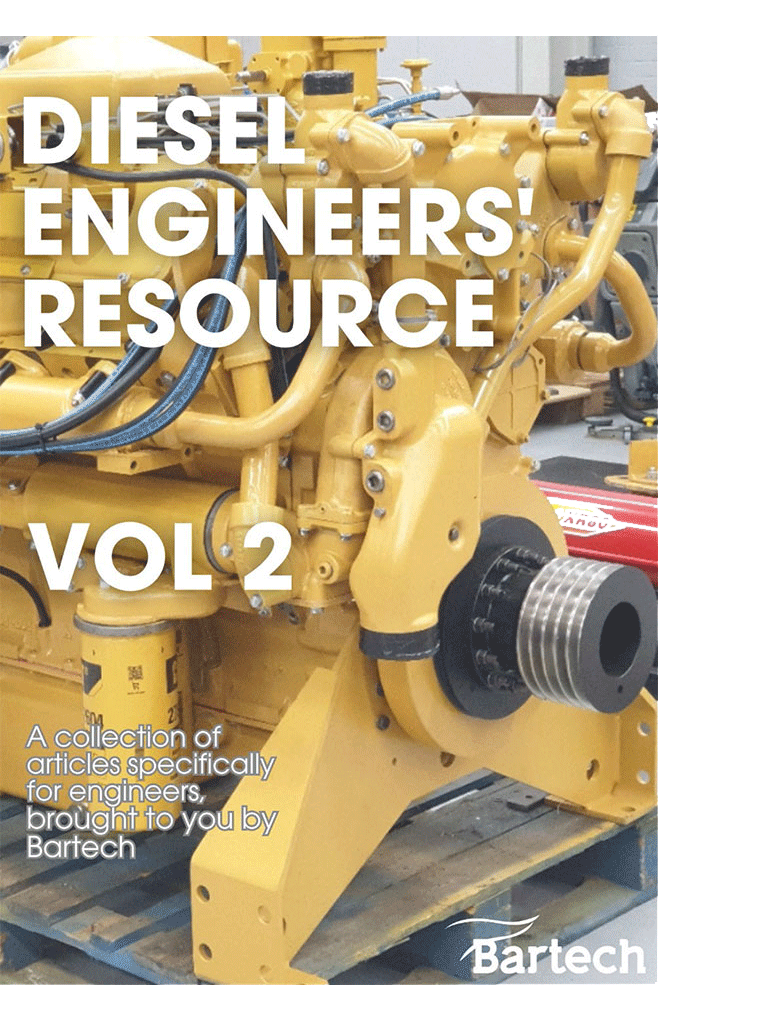With the weather slowly turning cooler and people starting to wrap up more, it made us think about how this translates to your engines.
Over the years, we have seen many engines with avoidable damage due to the exhaust heat wrap failing, being worn out, or just not being fitted in the first place!
Have a look at the picture below, where you can see an example of poor heat wrapping.
This led to water being held inside it, causing rusting and holes in the exhaust.
Compared to a correctly wrapped exhaust after an overhaul underneath, you can see the difference is night and day.
Other than what you can see from the images, using correctly installed exhaust heat wrap on your engines provides several benefits:
1. **Improved Performance:** By reducing heat in the engine compartment, exhaust heat wrap can help prevent heat soak, which can negatively affect engine performance. Cooler air intake temperatures can lead to better combustion efficiency, potentially resulting in improved horsepower and torque.
2. **Fuel Efficiency:** Lowering engine compartment temperatures can contribute to increased fuel efficiency. Cooler intake air and reduced heat in the engine compartment can lead to less heat-related energy loss and better overall engine efficiency.
3. **Emissions Reduction:** Cooler exhaust gases may help improve the efficiency of emissions control systems, such as catalytic converters and diesel particulate filters (DPFs). This can result in reduced emissions, which is important for environmental compliance.
4. **Operator Comfort:** Heat wrap can help reduce the amount of heat radiating from exhaust components, which can improve the working conditions for operators and technicians who need to work close to the engine.
5. **Heat Shielding:** Heat wrap can also act as a heat shield, protecting nearby components, wiring, and hoses from the high temperatures of the exhaust system. This can prevent damage and reduce the risk of fires.
6. **Noise Reduction:** While the primary purpose of exhaust heat wrap is to manage heat, it can also help in reducing noise levels from the exhaust system. This can be particularly useful in industrial settings where noise pollution is a concern.
7. **Longevity:** Heat wrap can extend the lifespan of components by reducing thermal cycling and heat-related wear and tear. This can result in cost savings through reduced maintenance and replacement costs.
It’s important to note that the effectiveness of exhaust heat wrap can vary depending on the quality of the wrap material, the installation process, and the specific engine and exhaust system.
Therefore, it’s recommended you consult with experts or engineers who specialise in diesel engines to determine the most suitable application for heat wrap in your operation.



